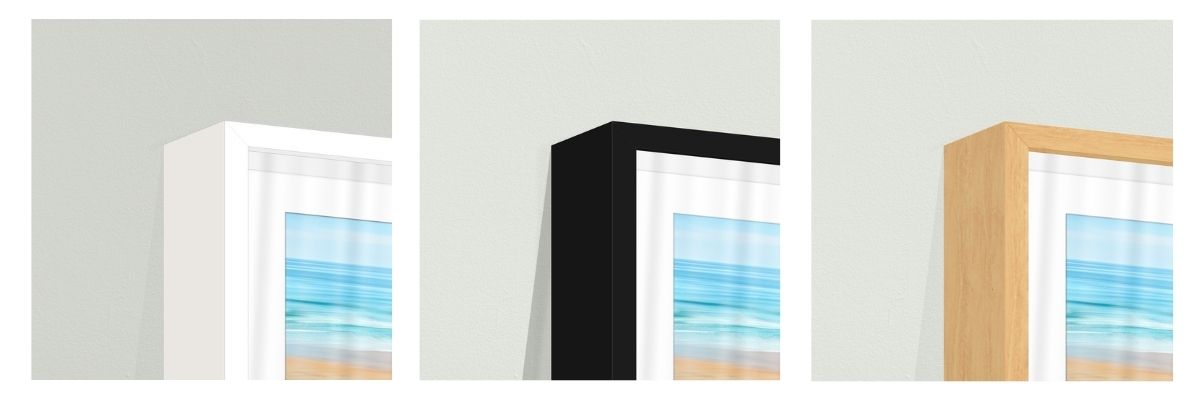Object Journeys – Caroline Phillips
Often when an artist chooses to invoke a memory of the past, they present a recognisable subject embodied through a portrait, a piece of clothing, or a personal talisman. In Now That Kin Have Gone, Karryn Argus and Mira Krulic each present us with objects and images twice removed, so we can’t quite recognise who or what is the subject. The recollections, memories and past connections that are present in their chosen objects are transformed into the present through processes of photography, sculpture and craft. Yet these works are recognisable as emphatically imbued with a sense of personal and bodily connection, and stir the inner self to a sense of intangible loss.
For six years Argus and Krulic have been connected through a shared relationship to art-making that explores the materiality of lived experience through minimalist means. Once again, in Now That Kin Have Gone, they share their experience of art-making forged out of shared encounters of grief, loss and memory, in works that form new connections across time and space. Both artists have taken personal objects from their past, that represent specific people who are now lost to them. They have interpreted and transformed these objects in ways that are not entirely clear to us, as vestiges of past relationships, intimacies and family connection, and as a strategy to combat grief. They ask a lot of these objects that, in turn, respond in surprising ways.
Argus has deployed brightly coloured components of a child’s experience, and merged them with needlepoint and sculptural assemblage, to create an unsettling sense of playful, yet disjointed remembrance. Her slightly disturbing stacks of plastic sit alongside soft objects that emit tense haptic feedback through their labour-intensive construction. Integrating fleeting images and remnants, the artist has transformed discarded actions and ideas of the past into new forms of alternate aspiration. I wonder if these actions trigger and reveal fresh wounds. Ideally, they are cathartic, and reveal a space of peace and respite from past pain.
Krulic summons a more optimistic interaction through the vibrancy of pure colour and light, as revealed in her explorations with photography. A selection of unknown items (there’s a hint they might be coloured glass forms) are transformed through her studio decisions and processes that simultaneously conceal and reveal the objects concerned. Transcribing form through digital means creates an entirely new image, but one that contains vestiges of the physical past, in this case the memory of her mother. But they are not memorials. The intense images created both by chance and intention, activate an embodied pause, rich with uplifting sensation, that amplifies the artists’ bond of positive connection.
Both Argus and Krulic have materialised sharp moments of experience, sensation and thought-generation that cut through the distinction between body and object. These works address the silence of trauma by activating ubiquitous household relics that might otherwise clutter the memory, through a stealthy yet purposeful Kondo-esque edit. Their personal journeys with these laden objects have traversed multiple moments of thinking, exploring, making, testing, ordering and shaping, to bring forth an aesthetics of memory that challenges the minimalist trope of objectivity. Through the intentional selection of these meaningful personal objects, that are then overlaid with instinctive processes of making, these works incite intense feeling, and bring the past directly into the present. I’m thankful they have generously brought others along with them on their open and heartfelt journey.
Caroline Phillips is a Melbourne artist and independent arts worker. She is Secretary of the Women’s Art Register.

